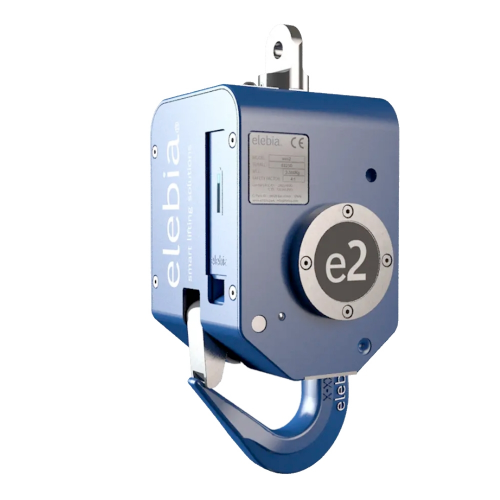
Exploring Innovative Building Maintenance Unit Solutions and Their Benefits for the Philippine Real Estate Industry
In the fast-paced world of modern architecture, ensuring the safety

In the realm of industrial lifting, innovation continues to redefine safety, efficiency, and overall operational excellence. One groundbreaking solution making waves is the advent of automatic hooks, with Elebia’s electronic hooks leading the charge. Let’s delve into the world of automatic hooks and uncover the multitude of advantages they bring to various industries.
Elebia’s automatic hooks are not just ordinary lifting equipment; they are equipped with advanced electronic features that revolutionize safety protocols. Load sensors, automatic locking mechanisms, and remote control operation collectively eliminate the need for manual intervention during lifting operations. This not only reduces the risk of accidents caused by human error but also sets a new standard for overall safety in industrial settings.
Automatic hooks from Elebia are designed with a focus on efficiency. The integration of automatic release and remote control capabilities accelerates lifting operations, allowing operators to load and unload materials with unprecedented speed and ease. In a world where time is money, Elebia’s automatic hooks prove to be a game-changer in optimizing efficiency.
Whether it’s a confined space, uneven terrain, or a hazardous environment, Elebia’s automatic hooks showcase unparalleled adaptability. These hooks can be easily adjusted to accommodate different load sizes, shapes, and weights, making them versatile for a wide range of applications. The flexibility they offer opens up new possibilities in lifting operations.
Downtime can be a significant cost in industrial operations. Elebia’s automatic hooks are meticulously designed for durability and reliability. The electronic components are built to withstand harsh environments and heavy use, ensuring consistent performance. This design philosophy minimizes downtime and maintenance costs, keeping operations running smoothly.
Beyond safety and efficiency, Elebia’s automatic hooks prioritize operator well-being. The remote control operation eliminates the need for manual lifting and pulling, reducing the risk of musculoskeletal injuries. By promoting better ergonomics in the workplace, these hooks contribute to a healthier and more sustainable working environment.
Elebia’s automatic hooks are not just about lifting; they are also about data. Equipped with data monitoring capabilities, these hooks allow operators to track and analyze lifting operations. The data collected can be used to optimize lifting processes, monitor load weights, and ensure compliance with safety regulations. It’s a step towards smarter and more informed decision-making.
In hazardous or challenging environments, Elebia’s automatic hooks shine. With remote control operation, operators can manage lifting processes from a safe distance, eliminating the need to be physically close to the load. This feature significantly enhances operator safety and reduces risks in scenarios where human intervention may be limited.
Elebia’s automatic hooks are not just standalone devices; they seamlessly integrate into Industry 4.0 systems. This integration enables data exchange and communication with other smart devices and systems. The result? Better coordination and synchronization of lifting operations with other processes in the production or logistics chain, leading to increased automation, efficiency, and productivity.
The era of automatic hooks has dawned, and Elebia stands as a beacon of innovation in this transformative journey. The advantages of increased safety, improved efficiency, enhanced flexibility, reduced downtime, improved ergonomics, data monitoring capabilities, remote operation, and integration with Industry 4.0 paint a compelling picture of the future of lifting operations.

In the fast-paced world of modern architecture, ensuring the safety

Worker safety is a top priority in industries where fall

Imagine soaring through the lush forests and picturesque landscapes of

When working at heights, safety is a top priority. In

In the dynamic landscape of the Philippines, where weather conditions

Worker safety at elevated heights is a priority for industries
Copyright © 828 Cable System Inc. Philippines 2023 All Right Reserved